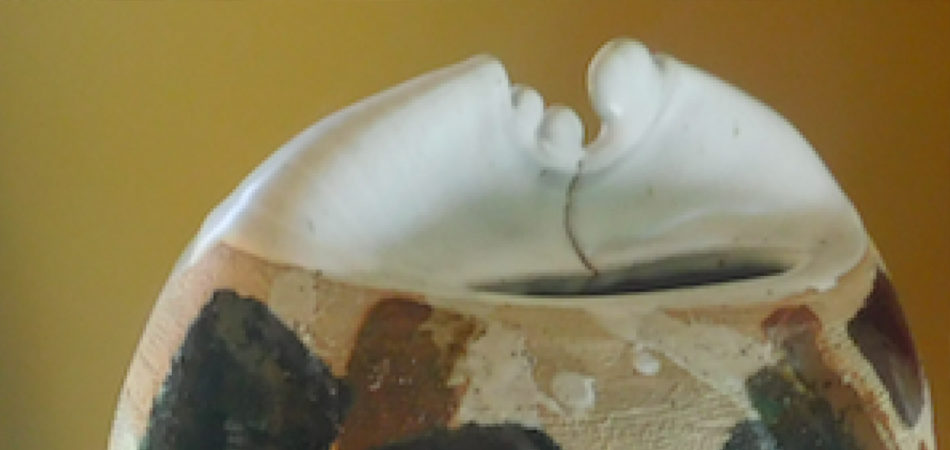Why Birkin Bags At Auction Command So Much Money
I posted on Facebook the other day news of the newest most expensive resold bag in the world. After a couple of comments and questions, decided the best thing The Appraisal Group can do is give you...
Call Us Now: (504) 282-7611

Call Us Now: (504) 282-7611

Newcomb Pottery has a long and cherished history. Originally associated with the American Arts and Crafts Movement, its potters evolved stylistically as the 20th century advanced and Abstract Expressionism, Minimalism and new technologies influenced artists’ works. The Appraisal Group recently surfaced a mid-century ceramic sculpture by Newcomb College potter Katherine Choy, head of the department at Newcomb College from 1952-1957, that reminded us to tell you about the importance of Katherine Choy in the annals of American studio ceramics. The Appraisal Group will broker the Choy sculpture on behalf of the owner.
Katherine Choy’s journey spans the globe. Born in Shanghai, China in 1927, she lived in Hong Kong before immigrating to the US in 1946, where she studied at Wesleyan College in Macon, GA. She received a BFA from Mills College in Oakland, CA. She founded the Clay Art Center in Port Chester, NY in 1957. The next year, she died suddenly and tragically.

Ms. Choy married Western aesthetics with Asian aesthetics, creating unique wheel-thrown items that were both functional and beautiful. She favored glazes of copper red and celadon. She developed iron-rich glazes that are still being used today. As an article in the New York Times stated, many of her glazes have not changed over they years because “they cannot be improved on.”
Choy began experimenting with glazes while a teaching fellow at Mills College. One of her first projects involved experimenting with rare pigments sent to her from Asia by her father. Her later works, like the one shown above, are decorated with textured surface treatment and colored slips.
New Orleanians so loved Katherine Choy’s works that they helped her establish The Clay Art Center, even though it was hundreds of miles away in upstate New York. The vision was to set up a co-operative studio that would encourage young potters in advanced study of ceramic arts. Today the CAC is a nationally recognized non-profit clay art center.

Collectors on the lookout for Katherine Choy works go for her the hand-made tiles she made as architectural commissions, as well as the garden furniture she designed and, of course, the vessels and sculptures. If you think you have a Katherine Choy item, please contact The Appraisal Group. We will identify and value it for you and, if you like, broker a sale.
Editor’s Note: The featured image is multi-glazed sculpture by Katherine Choy, c. 1950s. It was surfaced by The Appraisal Group in an Alabama collection.
I posted on Facebook the other day news of the newest most expensive resold bag in the world. After a couple of comments and questions, decided the best thing The Appraisal Group can do is give you...
While we hesitate to bring up politics or the world situation, art is suffering as it never has before. Today I posted on The Appraisal Group Facebook page (http://bit.ly/25w6acS.) a drone video of...
When it comes to collecting fine art and antiques, some people just can’t get enough. One of these is Lewis W. Scranton. a Connecticut yankee whose passion is fine Americana. Today The Appraisal ...
Life can be exciting when your job is to sort through other people’s collections and valuables. When something winning comes to the surface – that’s a good day for client and appraiser. To give you...
When shopping antiques fairs and flea markets, the visual appeal that captivates you and drives you to purchase frequently over rides the actual value of the item. At The Appraisal Group, we unders...
Amazing as it sometimes seems, before there was an Internet, there were cross-currents of thought that resounded around the world. It may have taken longer for the ideas of William Morris and John ...